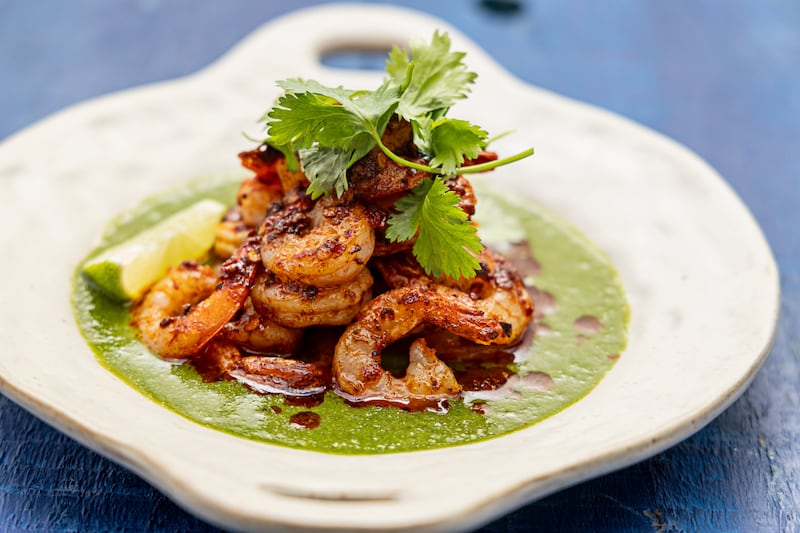This week we’re turning our attention to heat and spice, and I mean serious heat and spice. We are very much in the season of colds and flus, and there’s nothing I crave more when I’m under the weather than fiery fare. Many say there are health benefits to chilli and spice, but I am far from a health expert. However, personal experience has taught me that some mind-numbing spice can work wonders for clearing your head.
Chilli and spice have a powerful impact on the palate, triggering all sorts of senses. Once you bite into it, chilli activates pain receptors in the mouth, specifically those that respond to heat. This in turn creates a burning sensation. This effect is caused by capsaicin, which is the active component in chilli peppers. Spices such as black pepper, cinnamon and cloves also stimulate the taste. As our palate reacts to spice, saliva production increases, which heightens our tastebuds. Spicy foods can temporarily dull sensitivity to sweetness while amplifying saltiness or bitterness, which is why you’ll find so much flavour in our vindaloo. Over time, regular consumption of spice can desensitise the palate, reducing the perceived intensity; that’s why you’ll find seasoned spice consumers being able to pick out more nuanced flavours. Me? I’ll just be sweating it out a spoonful at a time.

The first recipe is really simple, using decent prawns and a standard jar of jalapeños. The prawns can be swapped out for any shellfish. The dressing is made by blending the jalapeños with loads of coriander and lime juice to make a thick dressing that has firepower, acid and freshness. You can make it in a large batch and jar it up or even freeze it down. The prawns are then flash-fried in chilli oil and garnished with more coriander. This could be served with corn tacos or even some crusty bread to mop up the dressing. It is as simple as it gets and repays you handsomely in flavour.

The second dish is a classic pork vindaloo. Vindaloo originated in Goa, India, during Portuguese colonisation. It evolved from “carne de vinha d’alhos”, a Portuguese dish of meat marinated in wine and garlic. Goans adapted it using local spices, vinegar and chilli, creating a spicy, tangy curry. It later gained popularity worldwide, especially in Britain. I’ve used pork shoulder here, but you can substitute it for any slow-cooked meat. Vinegar and spice are at the core of this dish, so don’t scrimp on either. Steamed rice is the ideal sponge to mop up all the juices. This is cooking to warm the cockles.













